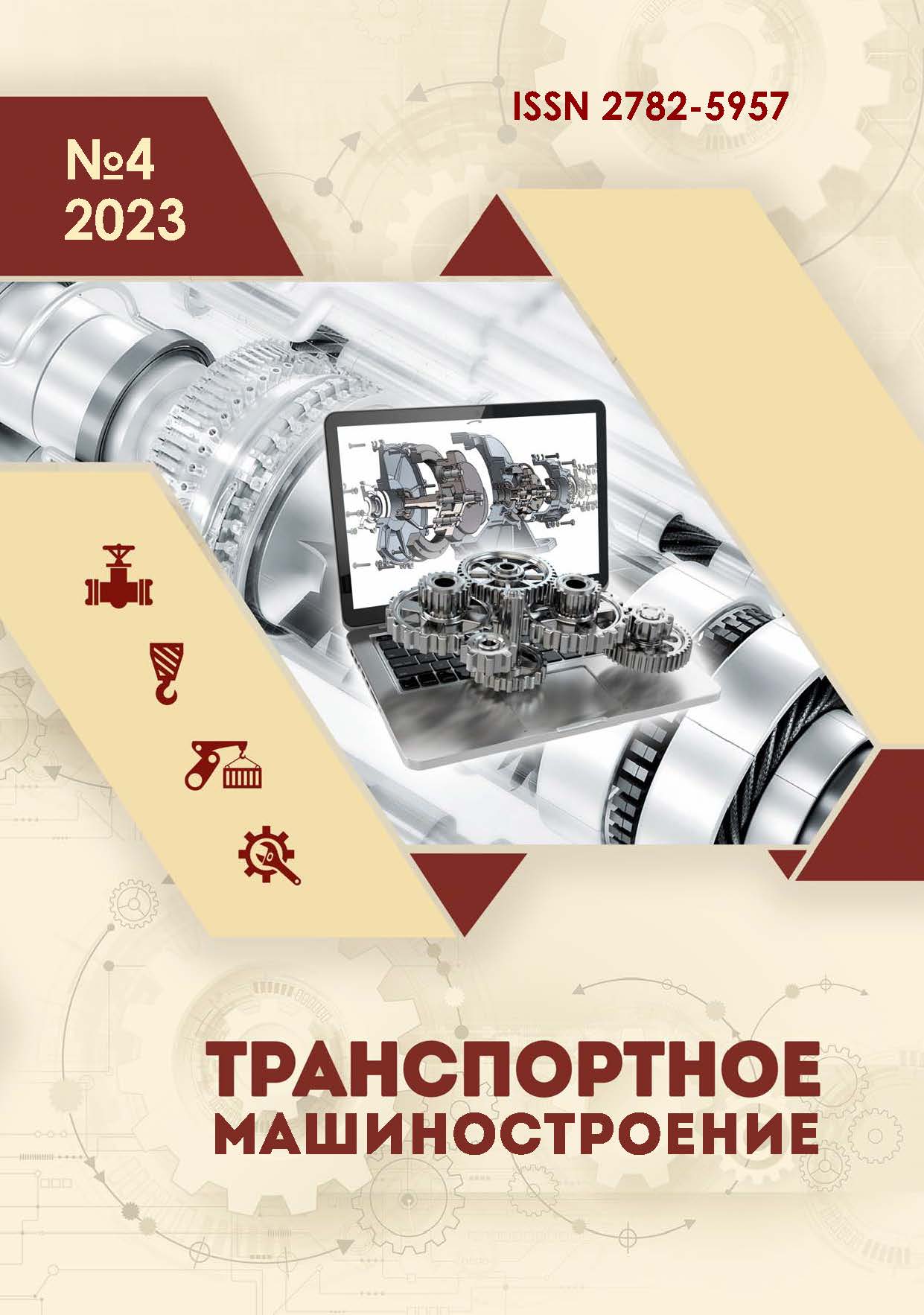Rostov-on-Don, Rostov-on-Don, Russian Federation
UDC 629.4.016.2
Russian Library and Bibliographic Classification 392
The paper deals with the problem of defining the efficiency factor of electric traction machines of locomotives in operating conditions. Due to the fact that most of the time locomotives are operated with underload, for an objective evaluation of the energy efficiency of locomotives, it becomes necessary to take into account the power underutilization of traction electric machines in energy conversion. Based on the methods of electric drive theory, a formula for defining the efficiency factor for traction electric machines operating in a wide range of capacities is developed, which takes into account the influence of changes in operating modes on the efficiency of energy conversion. The analysis results of 2TE25KM diesel locomotive operation data are presented and the dependence of the efficiency factor in accordance with the position of the driver's controller is determined.
efficiency factor, machines, energy efficiency, power
1. Zarifyan AA. Freight electric locomotives power efficiency Indicators in various operating conditions. Institute for Natural Monopolies Reserch: Railway Equipment. 2019;2(46):28-35.
2. Grebennikov NV. Analysis of the energy efficiency of TEP70BS passenger diesel locomotive operation. Vestnik Transporta Povolzhya.2022;5(95):17-22.
3. Kolpakhchyan PG, Evstafyev AM, Nikitin VV. Design features of a contact-battery shunting electric locomotive. Elektrotekhnika. 2021;10:15-20.
4. Grachev VV, Grishchenko AV, Bazilevsky FYu. About the reliability of diesel locomotive energy efficiency operating control indexesInstitute for Natural Monopolies Reserch: Railway Equipment. 2018;2(42):40-48.
5. Bocharov VI, Vasilenko GV, Kurochka AL. Mainline electric locomotives. Traction electric machines. Moscow: Energoatomizdat; 1992.
6. Vladykin AV, Frolov NO. Search for the optimal state of the drive according to energy efficiency of the moving unit. Innotrans Journal. 2016;3(21):36-38. DOIhttps://doi.org/10.20291/2311-164X-2016-3-36-38 .
7. Ilyinsky NF. Fundamentals of electric drive: textbook for universities. 2nd ed. Moscow: MPEI; 2003.
8. Pugachev AA, Vorobyev VI, Kosmodamiansky AS. Control system of tractive induction motor with power loss minimization. Bulletin of Bryansk State Technical University. 2015;2(46):55-61.
9. Chuprina NV, Pugachev AA. Traction permanent magnet synchronous motor direct torque control system with power losses minimization. Smart Electrical Engineering. 2022;4(20):22-37. DOIhttps://doi.org/10.46960/2658-6754_2022_4_22.
10. Pugachev AA, Vorobyev VI, Mikhalchenko GS, Kosmodamiansky AS, Samotkanov AV. Energy quality indicators of the electric drive of traction rolling stock auxiliary systems. Transport and Technological Cars. 2015;1(48):58-66.
11. Moshchinsky YuA, Aung Vin Tut. Generalized mathematical model of a frequency-controlled induction motor taking into account losses in steel. Elektrichestvo. 2007;11:60-66.






